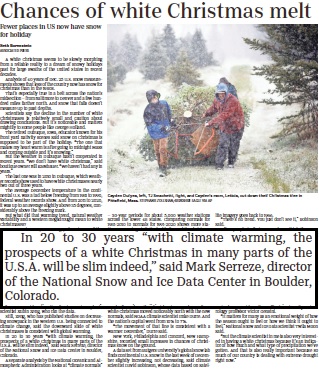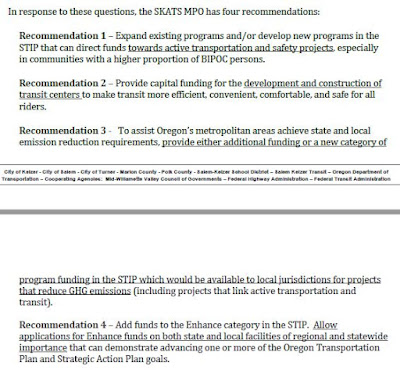A man identified as a driver who struck and killed a person on foot along Lancaster Drive, and then fled the crash apparently with the body was arrested early Christmas morning.
From Marion County Sheriff last night:
At just after 2:00 a.m. on December 25th, 2021, a 911 caller reported a pedestrian had been struck by a car on Lancaster Drive NE near Ward Drive NE in the unincorporated area of east Salem. When deputies arrived at the scene, they learned a red Honda Civic had left the area at a high rate of speed. There was evidence at the scene the victim had sustained serious injuries and likely did not survive the collision.
Investigators from the Marion County multi-agency Crash Team were called out to process the crash scene. Lancaster Drive was closed between Iberis Street NE and Hayesville Drive NE for four hours during the investigation.
At close to 3:30 a.m., a caller reported a red Honda Civic with a deceased person inside several miles away near Wheatland Road NE and Brooklake Road NE, north of Keizer. Investigators were able to determine the deceased adult male inside was the pedestrian victim from the earlier crash.
Through the investigation, deputies identified Armando Rodarte Jr. (26) of Salem as the driver of the Honda Civic. Deputies located Rodarte shortly after 6:00 a.m. walking on Devonshire Ct NE, in Salem, and were able to take him into custody without incident. He has been lodged at the Marion County Jail on the following charges:
Manslaughter in the First Degree
Manslaughter in the Second Degree
Hit and Run – Injury
Reckless Driving
Reckless Endangerment
Rodarte is scheduled to appear at the Marion County Circuit Court annex for arraignment on Monday, December 27, 2021, at 2:30 p.m.
The victim has not yet been identified. This is an ongoing investigation; no additional information is available for release at this time.
Update, Jan 24th
 |
NYE print edition
|
Addendum, February 23rd, 2023
Salem Reporter with an update. Rodarte was sentenced to 15 and a half years in prison. The details are grim.
The victim, Samuel Lannigan, lived about a block from the crash and was walking to his grandmother’s house for Christmas when the crash occurred, according to a sentencing memorandum....
Police found evidence of the crash over about a half mile long with clothes, car debris and human parts scattered along the road. That indicated the car was driving at a high rate of speed when the crash occurred, according to the court filing.
Surveillance video from local businesses showed a red Honda Civic around the time of the crash driving over 90 miles per hour down Lancaster Drive, running through several red lights and passing a gas station near the crash scene....


















































